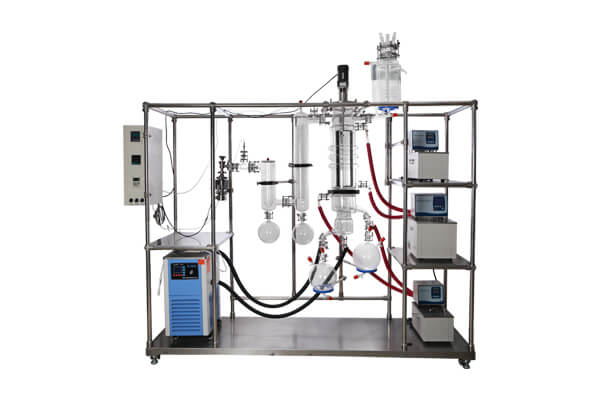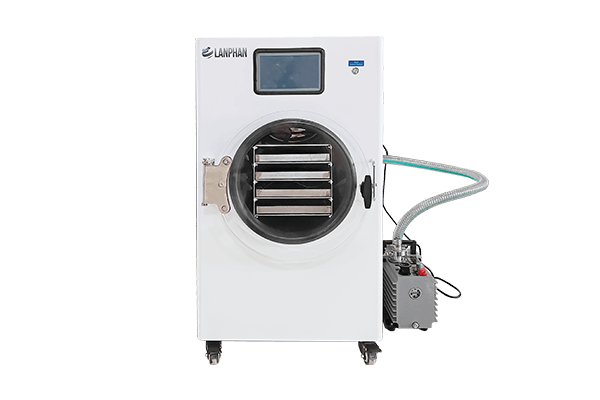How Does the Pill Press Work? A Simple Guide
In a world where pharmaceuticals play a vital role in our daily lives, understanding how pills are made can be fascinating. You may wonder, how does the pill press work? This article will walk you through the process in a simple way. No complicated jargon, just the essentials.
What Is a Pill Press?
A pill press, also known as a tablet press, is a machine used to compress powder into solid tablets. These tablets can be vitamins, medicines, or even candies. The machine is crucial in the pharmaceutical industry, as it ensures that each tablet is consistent in size, weight, and dosage.
The Basic Components of a Pill Press
A pill press might seem like a complex machine, but it has a few key components:
- Hopper: This is where the powder mix is placed. It holds the ingredients that will be pressed into pills.
- Die: The die is the mold that shapes the pill. It determines the size and shape of the tablet.
- Punches: These are metal rods that press the powder into the die, forming the pill.
- Compression Chamber: This is where the actual pressing happens. The powder is compressed into a solid form here.
- Ejection Mechanism: Once the pill is formed, it needs to be removed from the machine. The ejection mechanism pushes the finished tablet out of the die.
How Does the Pill Press Work?
Let’s break down the process step by step:
- Filling the Hopper: The process starts by filling the hopper with the powdered material. This powder contains the active ingredient and other components like fillers and binders.
- Powder Enters the Die: The powder flows from the hopper into the die cavity. The amount of powder is controlled to ensure each pill has the correct dosage.
- Compression Begins: The punches move down into the die cavity. They apply pressure to the powder, compacting it into a solid form. The amount of pressure applied is critical—it must be just right to ensure the pill is neither too soft nor too hard.
- Tablet Formation: As the punches press down, the powder takes the shape of the die, forming the tablet. The bottom punch remains stationary while the top punch moves down to compress the powder.
- Ejection: After compression, the top punch lifts away, and the bottom punch rises to eject the finished pill from the die. The pill is then collected for further processing, such as coating or packaging.
Why Is the Pill Press Important?
The pill press is vital for ensuring that each tablet is uniform in size, shape, and dosage. This consistency is crucial, especially in the pharmaceutical industry, where the correct dosage can be a matter of life and death. Without the pill press, it would be challenging to produce tablets at the scale and speed required by modern medicine.
Different Types of Pill Press Machines
There are various types of pill presses, each serving different needs:
- Single-Station Press: Also known as a single-punch press, this is the simplest form. It’s typically used for small-scale production or in research and development.
- Rotary Press: This type is used for large-scale production. It has multiple stations, allowing it to produce hundreds or even thousands of pills per minute.
- Automated Press: These machines are highly advanced, with computer controls to adjust pressure, speed, and other variables. They’re used in high-volume production environments where precision is crucial.
Factors That Affect Pill Quality
The quality of the pills produced by a pill press can be influenced by several factors:
- Powder Granulation: The powder’s consistency is vital. If the granules are too fine, they may not compress well. If they are too coarse, the tablets might not hold together.
- Moisture Content: The powder’s moisture level needs to be just right. Too much moisture can cause the tablets to stick together, while too little can make them brittle.
- Compression Force: The amount of pressure applied during compression must be carefully controlled. Too much pressure can make the pill too hard, while too little can result in a weak tablet.
- Die and Punch Condition: Worn or damaged dies and punches can affect the shape and consistency of the tablets.
Safety Considerations in Using a Pill Press
While pill presses are incredibly useful, they must be used with care:
- Dust Control: The powder used in pill presses can create a lot of dust. This dust can be hazardous if inhaled, so proper ventilation and dust collection systems are essential.
- Cleaning and Maintenance: Regular cleaning is crucial to prevent cross-contamination between different batches of pills. Maintenance ensures the machine operates efficiently and safely.
- Operator Training: Those who operate pill presses must be trained in their use. This includes understanding how to adjust the machine, troubleshoot problems, and perform routine maintenance.
Innovations in Pill Press Technology
Technology never stands still, and neither do pill presses. New innovations are making these machines more efficient and precise:
- Smart Presses: Modern pill presses are equipped with sensors and computer controls that monitor every aspect of the production process. This ensures each pill meets strict quality standards.
- Continuous Manufacturing: Traditional pill presses work in batches, but continuous manufacturing allows for a constant flow of production. This method increases efficiency and reduces the chances of errors.
- 3D Printing: While not a pill press in the traditional sense, 3D printing is emerging as a new way to create custom pills. This technology allows for the creation of complex pill shapes and the combination of multiple medications into a single tablet.
Common Issues and How to Solve Them
Even the best pill presses can encounter problems. Here are some common issues and how to fix them:
- Tablet Sticking: This happens when the pill sticks to the punch surface. It can be solved by adjusting the punch pressure or using a different lubricant in the powder.
- Capping: Capping occurs when the top layer of the tablet separates from the rest. This can be due to insufficient binding agents or too much compression force.
- Weight Variation: If the tablets vary in weight, it could be due to inconsistent powder flow or worn punches and dies. Regular maintenance and careful monitoring can prevent this issue.
The Future of Pill Presses
The future of pill presses looks bright. With ongoing advancements in technology, we can expect even more precise and efficient machines. These innovations will not only improve the quality of the pills we take but also make the manufacturing process more sustainable and cost-effective.
Conclusion
So, how does the pill press work? It’s a fascinating process that combines precision, technology, and a bit of science. From the hopper to the ejection mechanism, each step is crucial in creating the pills that keep us healthy. Understanding this process gives us a deeper appreciation for the small tablets we often take for granted.
But what’s next in the world of pharmaceuticals? Stay tuned to find out more about the exciting advancements in pill-making technology and how they’re shaping the future of medicine.


